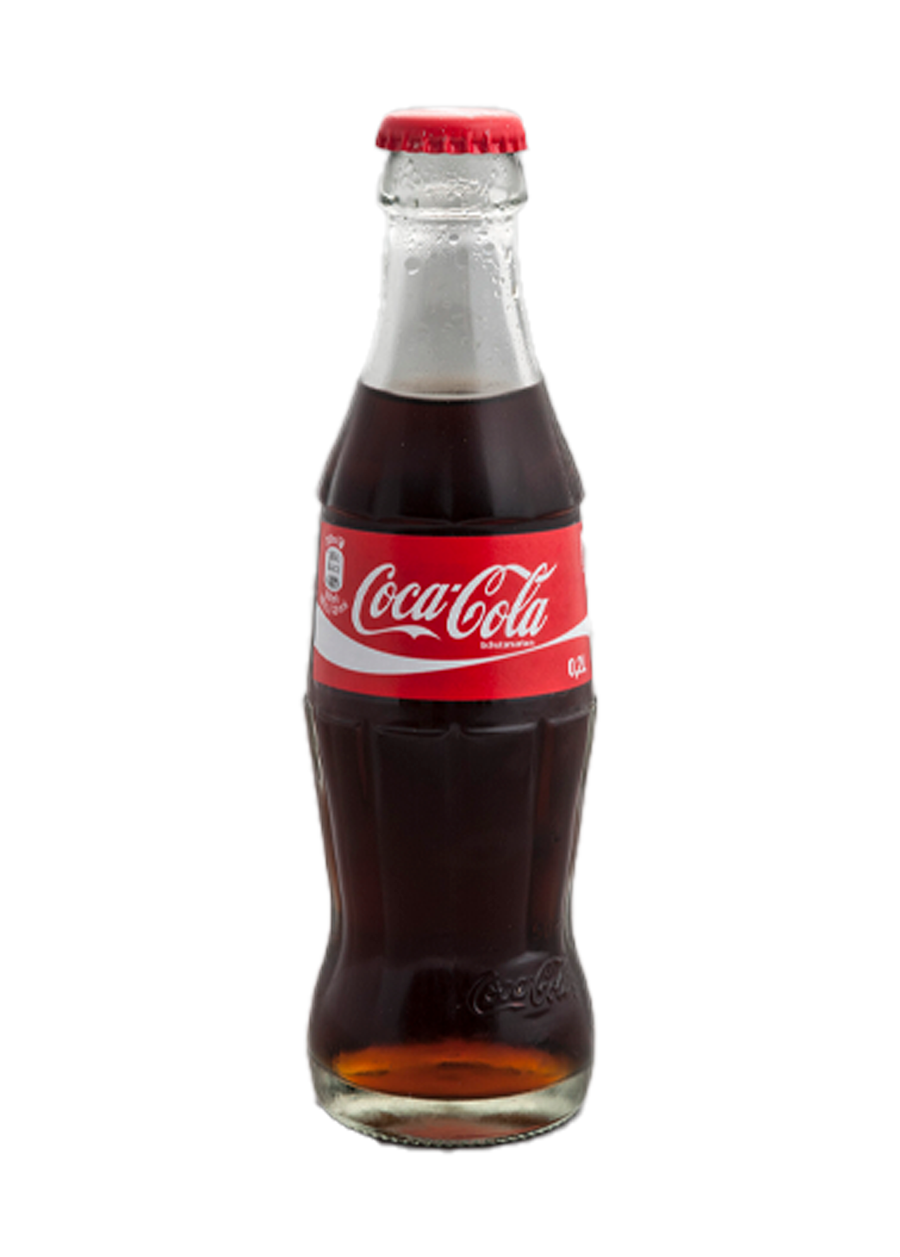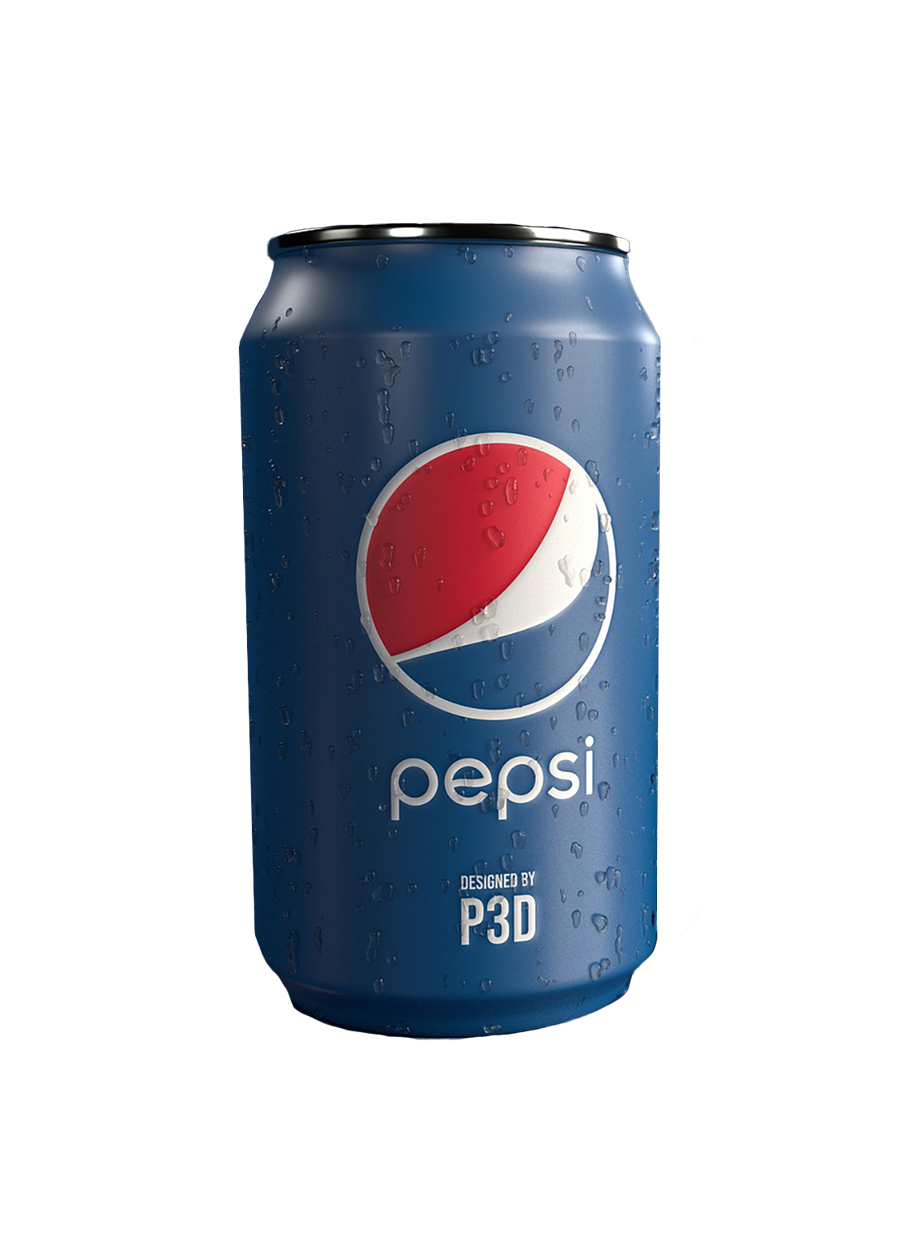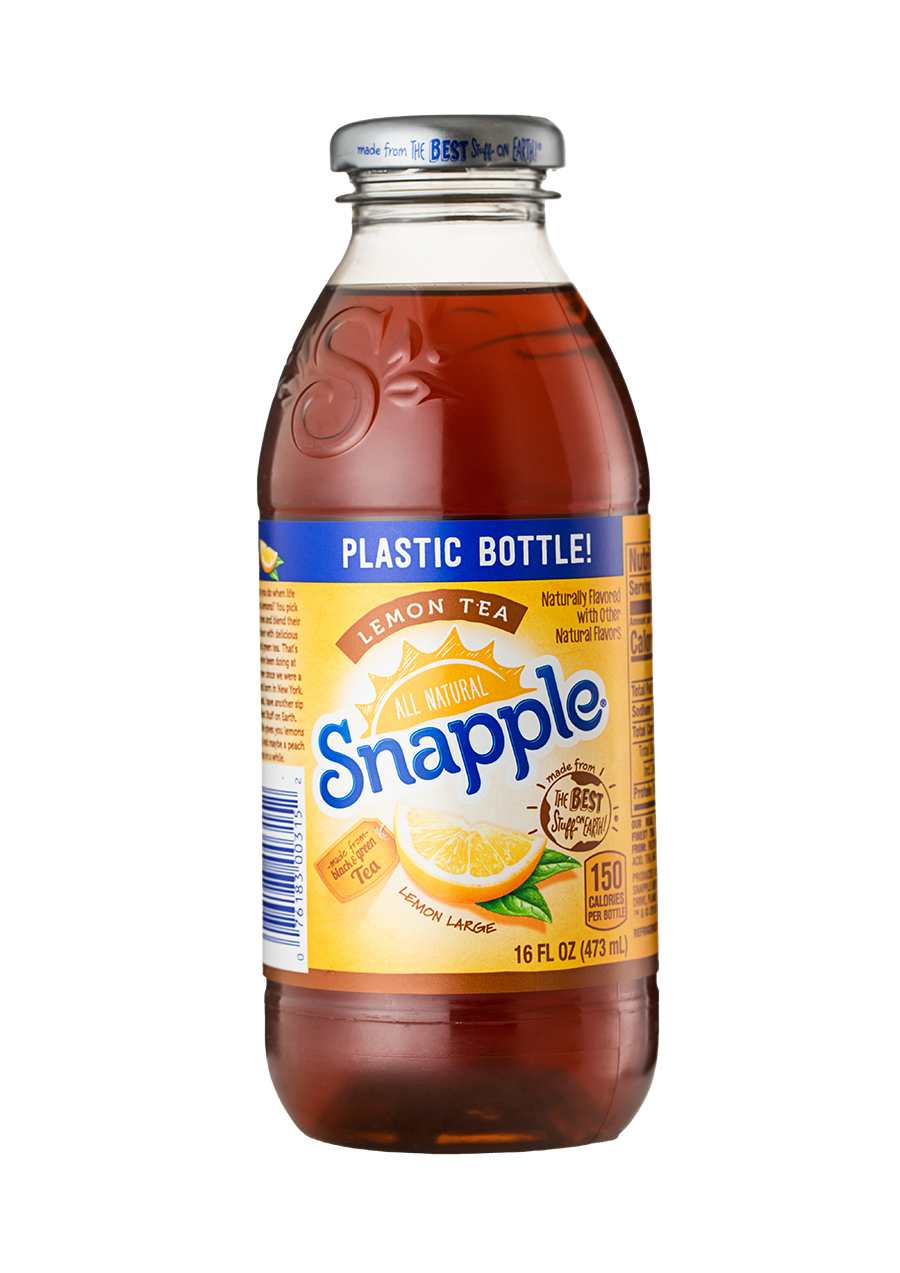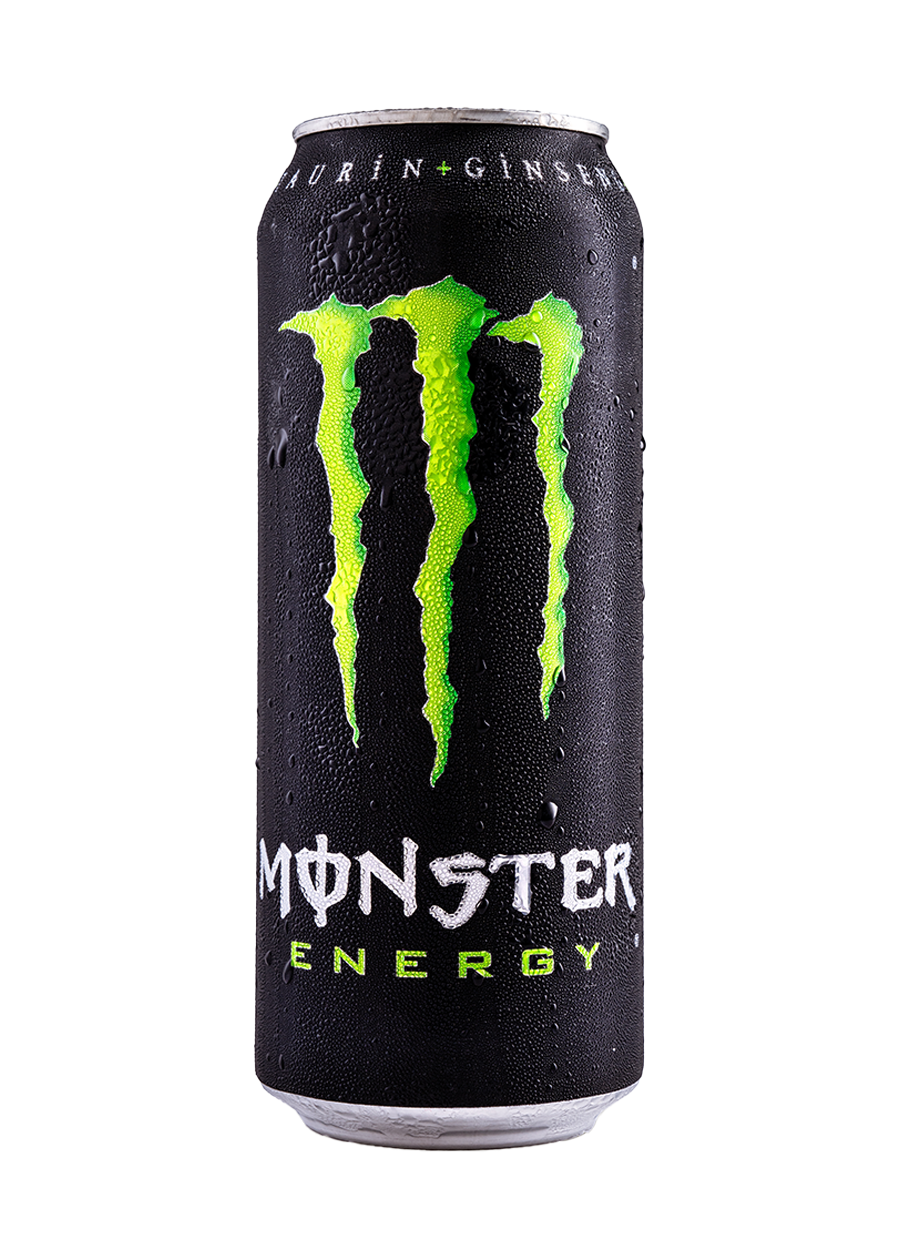Description
Touchstone 3: Comparative Visual Communication Analysis: Building Brand Identity through Design
ASSIGNMENT: Analyze the visual communication aspects of two of the following companies; Coca-Cola, Pepsi, Snapple or Monster Energy, and compare them. Focus on the elements and principles of design, messaging, and advertising.
SCENARIO: You’ve recently joined a marketing firm as a user experience/user interface (UX/UI) researcher. Your firm has been hired by Bad Apples Cider Company to build the brand’s design. Bad Apples Cider Company is a new brand behind a line of carbonated beverages, bottled teas, and energy drinks. Before designers can work on logos, packaging, and other core components of the visual brand, the UX/UI team needs you to conduct research on Bad Apples Cider Company’s market competitors.
Your team has identified the four main market competitors as Coca-Cola, Pepsi, Snapple, and Monster Energy. Your role in the project is to select two of the four listed brands and conduct research on how the brands’ designs communicate with the consumer. Your supervisor has tasked you to select two of the competitive brands listed and prepare a written report analyzing how the brands communicate with their consumers.
You will discuss how both brands employ visual communication theories and principles to communicate messages, moods, and themes to their demographic markets. Your responses must be thorough, as your research will be influential in building a brand identity for Bad Apples Cider Company that will reach the right demographics, enabling the company to compete with Coca-Cola, Pepsi, Snapple, and Monster Energy on a national scale.
To complete this assignment, you will use the template provided below. You will return the completed template as your Touchstone submission. A sample assignment is also provided.
Touchstone 3 Submission Template
Touchstone 3 Sample
In order to foster learning and growth, all work you submit must be newly written specifically for this course. Any plagiarized or recycled work will result in a Plagiarism Detected alert. Review Touchstones: Academic Integrity Guidelines for more about plagiarism and the Plagiarism Detected alert. For guidance on the use of generative AI technology, review Ethical Standards and Appropriate Use of AI.
A. Directions
Step 1: Choose the Companies
Coca-Cola, Pepsi, Snapple, and Monster Energy have many incarnations of their logos product designs. View the version of the logos pictured on the product labels below. Choose two out of the four companies that you will use to format your responses throughout this Touchstone.
| Coca-Cola | Pepsi |
|---|---|
 The Coca-Cola logo is one of the most recognizable logos in the world. It features the brand name written in a unique cursive script known as the Spencerian script, which was popular in the late 19th century. |
 The Pepsi logo is a globally recognized symbol that has evolved significantly over the years. The current incarnation is sometimes referred to as the Pepsi Globe. |
| Snapple | Monster Energy |
 Snapple’s logo changes reflect its growth and adaptation over the years while maintaining a consistent emphasis on natural ingredients and quality. |
 The Monster Energy logo is one of the most recognizable in the energy drink market. |
Step 2: Download the Template
Download and review the Submission Template. The template is a Microsoft Word file and contains the prompts you will respond to for the two companies you choose. You will type your answers directly into the template and submit it as a Word file. Any other submission file or format will be returned ungraded.
It may help you to review the following information from the course before you complete the prompts in the submission template:
- Psychology of Design
- Semiotics
- Cognitive Theory
- Challenge 1.2 The Elements of Design
- Challenge 1.3 Principles of Visual Design
- Challenge 2.1 Color
- Challenge 2.2 Typography
- Challenge 2.3 Layout
- Challenge 3.1 Creative Process
- Challenge 3.2 The Influence of Visual Design
Step 3: Respond to Each Prompt
Write a 200-word minimum response to each prompt (1-6) in the submission template. Begin each response by clearly stating which topics are being analyzed.
Responses must contain substantive information addressing the topics outlined in each task.
- Prompt 1: Basics of Visual Design Concepts
- Prompt 2: Elements of Design
- Prompt 3: Principles and Elements of Visual Design
- Prompt 4: Typography, Design, and Layout
- Prompt 5: Role of Visual Design in Communication
- Prompt 6: Influence of Visual Design
Refer to the checklist below throughout the Touchstone process. Do not submit your Touchstone until it meets these requirements.
1. Address the listed topics in your written responses
- Semiotics, Visual Communication Psychology, Cognitive Theory, and other applicable Visual Communication Theories
- Color schemes, shape, space, size, line, and texture
- Balance, contrast, emphasis, movement, pattern, rhythm, and unity
- Type choices, alignment, layout styles, visual hierarchy
- Ideation and Visual Thinking, Storytelling, and Inspiration
- Visual Design in Advertising, Public Relations, Infographics, and Publishing
2. Format your responses
- Double-space your submission and use one-inch margins
- Your submission must include your name, the name of the course, the date and title of your compositions
- Include all the assignment components in a single file
- Acceptable formats include .doc and docx.
3. Academic Honesty
- All writing must be appropriate for an academic context
- Your submission must be original and written for this assignment
- Plagiarism of any kind is prohibited
Step 4: Submit Your Touchstone
Submit your completed Touchstone using the blue button at the top of this page.
B. Rubric
| Advanced (100%) | Proficient (85%) | Acceptable (75%) | Needs Improvement (50%) | Nonperformance (0%) | |
|---|---|---|---|---|---|
Basics of Visual Design ConceptsAnalysis (15%) |
Detailed brand analysis of the two chosen brand logos, including at least two topics referencing semiotic elements, visual communication psychology, or cognitive theory, and a detailed analysis of how these concepts are employed in the brands’ logos. | Good brand analysis of the two chosen brand logos, including at least two topics referencing semiotic elements, visual communication psychology, or cognitive theory but the explanation of how these concepts is employed in the brands’ logo is weak or unclear. | Basic brand analysis of the two chosen brand logos, including at least two topics referencing semiotic elements, visual communication psychology, or cognitive theory and the explanation of how these concepts are employed in the brands’ logos is weak, unclear, or missing. | Minimal brand analysis of the two chosen brand logos, including only one topic referencing semiotic elements, visual communication psychology, or cognitive theory and the explanation of how these concepts are employed in the brands’ logos is weak, unclear, or missing. | Submission does not meet the minimum threshold for points to be awarded. |
Elements of DesignAnalysis (15%) |
Detailed elements analysis of the two chosen brand logos, including at least two topics in reference to color schemes, shape & space, size, line, and texture, with clear examples of how the elements are used in each logo design. | Good elements analysis of the two chosen brand logos, including at least two topics in reference to color schemes, shape & space, size, line, and texture, but the examples of how the elements are used in each logo design are weak or unclear. | Basic elements analysis of the two chosen brand logos, including at least two topics in reference to color schemes, shape & space, size, line, and texture, and the examples of how the elements are used in each logo design are weak, unclear, or missing. | Minimal elements analysis of the two chosen brand logos, including only one topic in reference to color schemes, shape & space, size, line, and texture, and the examples of how the elements are used in each logo design are weak, unclear, or missing. | Submission does not meet the minimum threshold for points to be awarded. |
Principles of Visual DesignAnalysis (15%) |
Detailed design principles analysis of the two chosen brand logos, including at least two topics in reference to balance, contrast, emphasis, movement, pattern, rhythm, and unity, with clear examples showing their impact on the companies’ logo design. | Good design principles analysis of the two chosen brand logos, including at least two topics in reference to balance, contrast, emphasis, movement, pattern, rhythm, and unity, but the examples do not clearly show their impact on the companies’ logo design. | Basic design principles analysis of the two chosen brand logos, including at least two topics in reference to balance, contrast, emphasis, movement, pattern, rhythm, and unity, and the examples do not clearly show their impact on the companies’ logo design or are missing. | Minimal design principles analysis of the two chosen brand logos, including only one topic in reference to balance, contrast, emphasis, movement, pattern, rhythm, and unity, and the examples do not clearly show their impact on the companies’ logo design or are missing. | Submission does not meet the minimum threshold for points to be awarded |
Typography, Design and LayoutAnalysis (15%) |
Detailed analysis of the use of typography and layout of the two chosen brand logos, including at least two topics in reference to typography choice, alignment, layout style, and visual hierarchy, with clear examples showing their impact on the logo and branding. | Good analysis of the use of typography and layout of the two chosen brand logos, including at least two topics in reference to typography choice, alignment, layout style, and visual hierarchy, but the examples do not clearly show their impact on the logo and branding. | Basic analysis of the use of typography and layout of the two chosen brand logos, including at least two topics in reference to typography choice, alignment, layout style, and visual hierarchy, and the examples do not clearly show their impact on the logo and branding or are missing. | Minimal analysis of the use of typography and layout of the two chosen brand logos, including only one topic in reference to typography choice, alignment, layout style, and visual hierarchy, but the examples do not clearly show their impact on the logo and branding or are missing. | Submission does not meet the minimum threshold for points to be awarded. |
Role of Visual Design in CommunicationProposal (15%) |
Detailed UI/UX proposal of at least two topics in reference to ideation and visual thinking, storytelling in design, and inspiration elements to help build a logo that communicates with consumers. | Good UI/UX proposal of at least two topics in reference to ideation and visual thinking, storytelling in design and inspiration elements to help build a logo but it does not clearly communicate with consumers. | Basic UI/UX proposal of at least one topic in reference to ideation and visual thinking, storytelling in design and inspiration elements to help build a logo that communicates with consumers. | Minimal UI/UX proposal of at least one topic in reference to ideation and visual thinking, storytelling in design and inspiration elements to help build a logo and it does not clearly communicate with consumers and has other missing elements. | Submission does not meet the minimum threshold for points to be awarded. |
Influence of Visual DesignExplanation (15%) |
Detailed explanation of three ways the Bad Apple Cider company can use visual design through advertising, public relations, infographics, or publishing, including brand consistency to influence the company branding. | Good explanation of three ways the Bad Apple Cider company can use visual design through advertising, public relations, infographics, or publishing, but brand consistency to influence the company branding is unclear. | Basic explanation of only two ways Bad Apple Cider can use visual design in advertising and public relations, infographics, or publishing, and brand consistency to influence the company branding is unclear or missing. | A minimal explanation of only one ways Bad Apple Cider can use visual design in advertising and public relations, infographics, or publishing, and brand consistency to influence the company branding is unclear or missing. | Submission does not meet the minimum threshold for points to be awarded. |
ConventionsSubmission follows conventions for standard written English and meets requirements. (10%) |
There are almost no errors in grammar, punctuation, spelling, and capitalization; all length and formatting requirements are met. | There are minor errors in grammar, punctuation, spelling, and capitalization that do not impede readability; length and formatting requirements are nearly met. | There are frequent errors in grammar, punctuation, spelling, and capitalization that somewhat impede readability; length and formatting requirements are nearly met. | There are consistent errors in grammar, punctuation, spelling, and capitalization that significantly impede readability; length and formatting requirements are not met. | Submission does not meet the minimum threshold for points to be awarded. |
C. Requirements
The following requirements must be met for your submission to be graded:
- Use the provided template file. Assignments that do not use the required template will be returned ungraded.
- Use a readable 11- or 12-point font.
- Composition must be original and written for this assignment and all writing must be appropriate for an academic context.
- Plagiarism of any kind is strictly prohibited.
- Do not use AI to generate any content for the assessment.
- Submission must include your name and the date.
- You can only submit a single file.
Image Attributions
Coca-Cola glass bottle | Author: Ralf Roletschek | License: Public Domain
Pepsi, Can, Soda image | Author: Priyam Patel | License: Public Domain
Snapple Bottle | Author: DenisMArt | License: Adobe Stock File #507470658
Monster Energy Can | Author: Fivehundredtwenty | License: Adobe Stock File #656401613

